The Financial and Operational Power of PE Investments
- Posted by admin
- On January 22, 2025
- 0 Comments
As accounting firms undergo significant evolution, the entrance of private equity (PE) investments stands at the forefront of this change, promising opportunities and challenges. This article explores how PE is reshaping the financial and operational frameworks within accounting firms.
Financially, PE can inject much-needed capital into firms, enabling them to expand more rapidly, invest in cutting-edge technology, enhance their service offerings, and even pursue mergers and acquisitions to scale up their operations and market reach. Operationally, partnering with a PE firm often leads to strategic realignments, encouraging accounting firms to diversify their services beyond traditional audit and tax work into areas like consulting, advisory services, and tech-enabled solutions.
Private equity (PE) investments in accounting firms can lead to significant financial and operational transformations. These transformations can fundamentally shift how firms operate, offering opportunities and challenges.
Financial and Operational Transformation: Opportunities and Challenges
| Financial Opportunities
|
Capital Infusion and Growth | Substantial Capital Increase: PE investments significantly boost a firm’s financial resources, allowing for strategic initiatives previously out of reach.
Expansion through Mergers: Facilitates mergers with firms sharing similar visions and rapidly expanding market presence. Service Diversification: Enables the addition of non-traditional services like consulting and advisory, broadening the firm’s offerings. Technological Advancements: Investment in tech like AI enhances service efficiency and opens new business avenues.
|
| Talent Management | Enhanced Recruitment and Retention: The influx of capital improves the firm’s ability to attract and retain top talent by offering competitive financial incentives.
Leadership Compensation Recalibration: PE can adjust compensation structures, making leadership roles more financially appealing to the next generation.
|
|
| Operational Opportunities | Business Model Restructuring | Creation of Alternative Practice Structures: PE investments facilitate the establishment of new operational models, such as segregating audit and attest services from advisory services, promoting greater investment flexibility.
Service Expansion and Revenue Diversification: This operational evolution allows firms to broaden their service portfolios and explore new revenue opportunities, enhancing their competitiveness and adaptability.
|
| Corporate Governance Model | Shift Towards Corporate Governance: Moving away from traditional partnership structures to a more corporate governance model, accounting firms can become nimbler, effectively responding to market demands and embracing technological advancements.
|
|
| Decision-Making and Control | Preservation of Core Decision-Making Processes: Transitioning to an external ownership model doesn’t fundamentally alter the essence of decision-making within firms. The existing governance mechanisms, like executive committees or boards, continue to operate with checks and balances.
|
Financial Challenges
Compensation and Control Concerns
- Altered Compensation Landscape: Initial payouts to existing owners might lead to reduced future earnings, changing the traditional compensation model.
- Loss of Autonomy: The involvement of PE firms introduces a new layer of governance and decision-making, potentially diluting the control of existing partners.
Innovation and Adaptation
- Breaking from Tradition: Embracing external capital challenges the conventional profit retention and compensation model within firms.
- Legacy and Leadership Transition: It is pivotal to address unfunded deferred compensation and create attractive leadership opportunities for future leaders.
Operational Challenges
Operational and Cultural Adjustments
- Alignment of External Perspectives: PE investment necessitates alignment with the investors’ strategic goals, which might differ from the firm’s longstanding practices.
- Cultural Integration: Finding a PE partner who aligns with the firm’s culture is crucial to maintaining operational harmony and avoiding disruption.
Cultural and Operational Integration
- Perceptions of External Ownership: The introduction of PE can raise concerns about the potential loss of autonomy and the emotional impact of sharing control, affecting the firm’s cultural and operational ethos.
- Professional Values and Client Relationships: Amidst the shift towards a more corporate structure, maintaining the firm’s foundational values and the integrity of client relationships is paramount to preserving the profession’s essence.
Responsibility and Accountability
- Obligation to Deliver Financial Success: The responsibility to generate financial success for outside investors aligns with the leadership’s existing duty towards partners and staff, underscoring the unchanged nature of accountability in the firm’s operations.
Sector-specific Expertise
- Leveraging Industry Knowledge: Despite changes, the expertise of professionals within accounting firms remains a valuable asset for growth and operational continuity under PE investment.
Overall, PE investment in accounting firms heralds a new era of growth, innovation, and transformation, driving firms towards diversification of services and operational efficiency. However, navigating this new landscape requires careful consideration of the firm’s long-term vision and the potential impacts on its culture, values, and client relationships.
The BDO USA case sheds light on a nuanced approach to accessing substantial capital without relinquishing control, reflecting broader apprehensions in the CPA sector about outside equity deals and the loss of autonomy they might entail. This scenario underscores a pivotal question: does introducing external ownership significantly alter operational dynamics, or is the resistance primarily psychological?
KNAV’S Comments
The introduction of outside capital represents a departure from the norm, challenging the traditional cycle of profit retention and partner compensation. Yet, like technological advancements and new work models that have already reshaped the accounting world, outside investment is another change vector that could lead to more effective firm management and operational practices. This shift invites consideration of how external funds could enhance firm operations, address legacy issues like unfunded deferred compensation schemes, and potentially offer a more attractive proposition for future leadership. Exploring outside investment isn’t just about adapting to change; it’s about proactively seeking opportunities to enhance the firm’s operational model and financial health in a rapidly evolving business environment. These changes pave the way for a pivotal shift: an internal transformation. For firms to align with the new, it becomes essential to reevaluate, reassess, and, where necessary, renew the old practices.











0 Comments